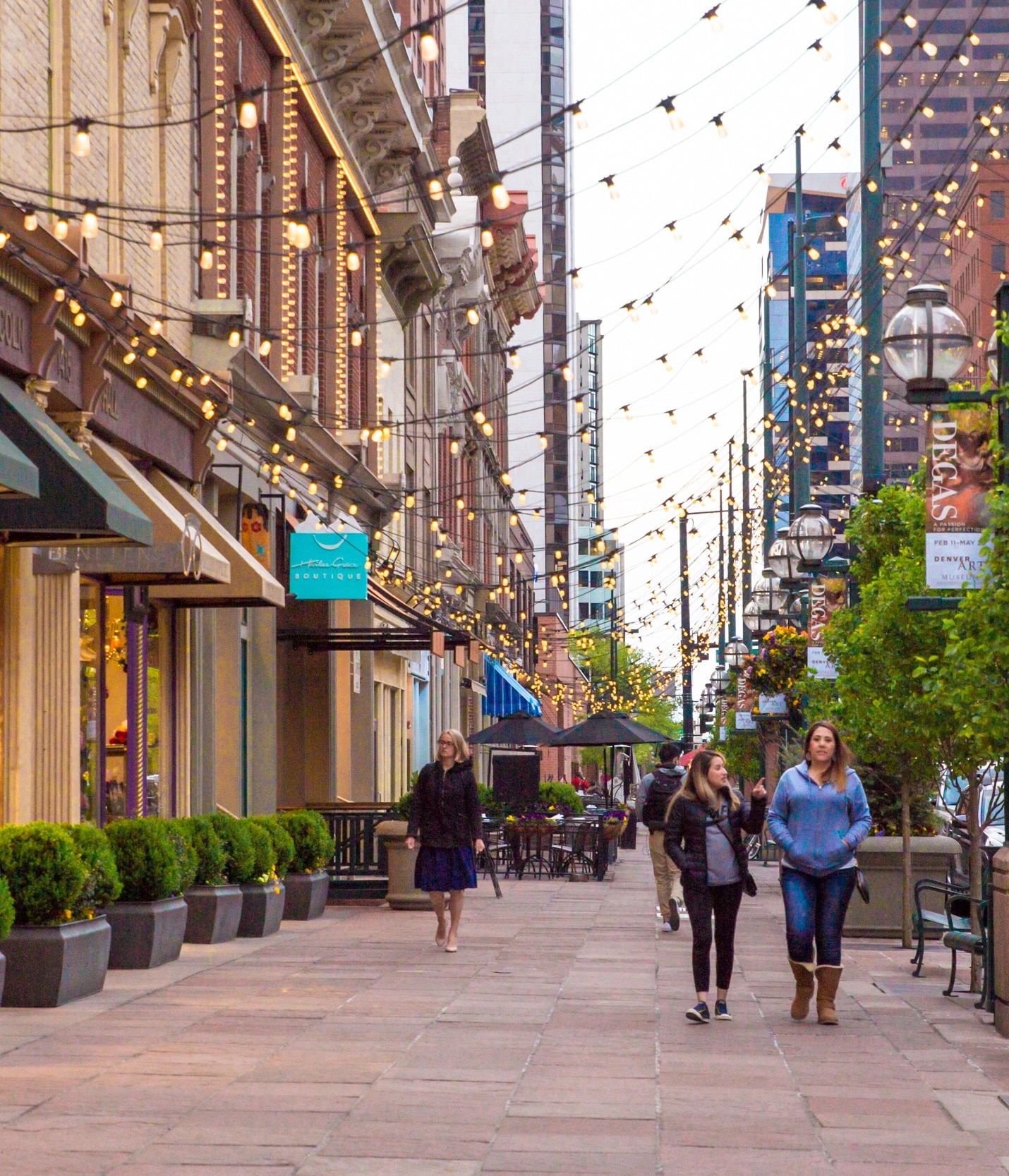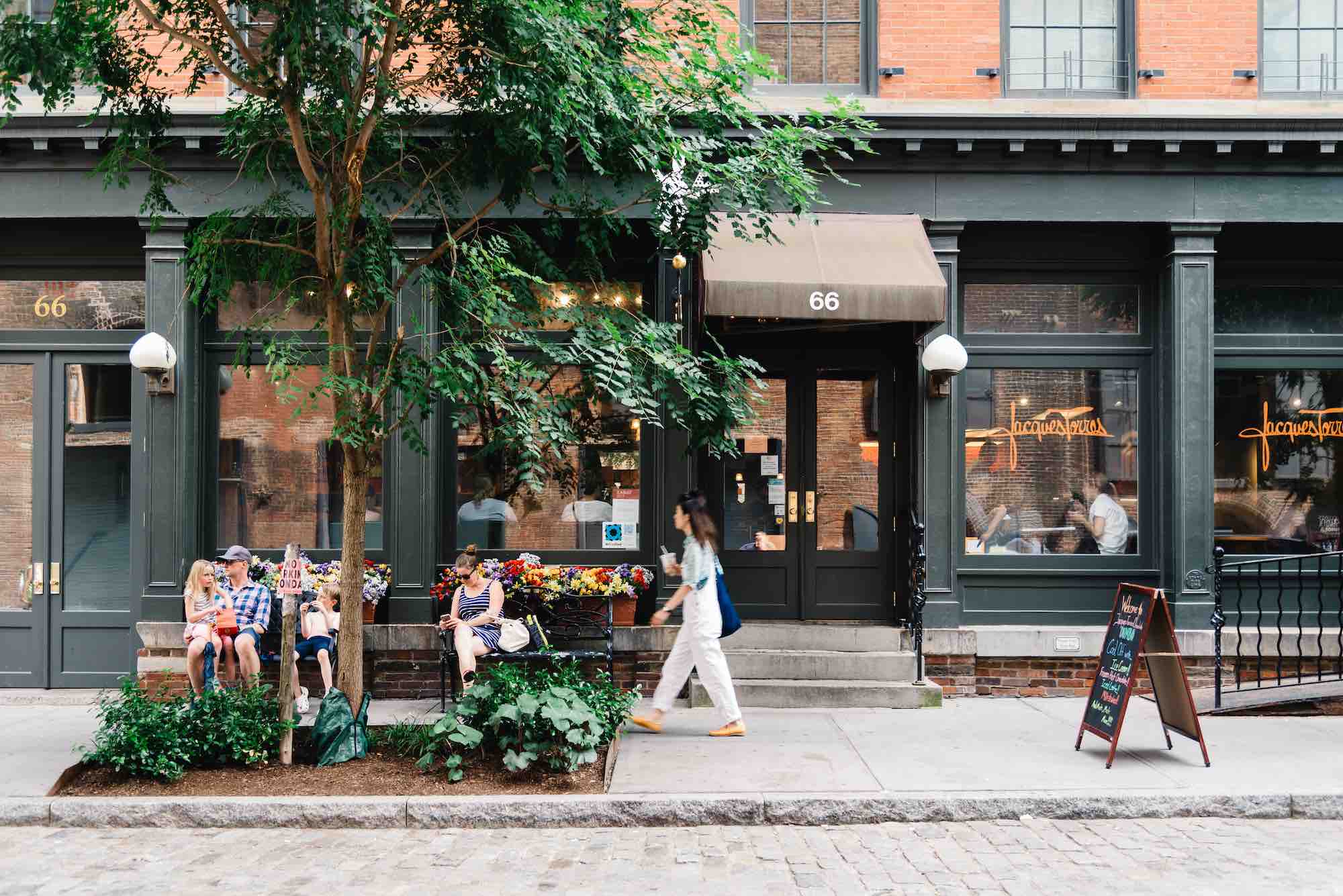Each quarter, we examine the trends that are shaping the retail world — and share our insights with you. As we head into the last holiday season of the decade, we’re keeping an eye on national and international events that are due to affect Q4 retail patterns. This holiday season is especially rife with anticipation: the economy is in a stable place, but consumer spending is looming with the threat of a recession.
Historically Low Unemployment Rate Boosts Economy; Poses Challenges for Retail Hiring
Unemployment in the United States has slowly been declining since 2009 and could potentially reach an unemployment rate below 3.5%, the lowest in U.S. history, by this year’s holiday season. While an employed workforce is good for retail markets — as people have money to spend on gifts and holiday celebrations — retailers may find it difficult to hire essential holiday workers to staff stores to ensure an efficient and enjoyable holiday shopping experience.
Unemployment has been below 4% for the last twelve months and, with already competitive retail labor markets, retailers are increasing wages and benefits to retain employees. Target has been slowly raising employee wages and stated a commitment to a $15 per hour minimum wage by 2020. Theoretically, rising wages mean more capital is pumped into the economy — though this isn’t always the case — however, it does drastically impact retailers’ operating expenses and bottom lines.
Conflict Causes Climbing Oil Prices
Rising tensions between Iran and Saudi Arabia are likely to cause oil prices to increase in the next couple of months. Rising oil prices typically impact all facets of the global economy, and often reduce consumers’ disposable incomes, their willingness to spend on holiday gifts, and travel-related retail expenses.
Consumers Carry the Cost of Tariffs
The Trump administration is set to impose another round of tariffs by the 15th of December, totaling $160 billion on Chinese-made clothing, shoes, electronics, and toys. Tariffs are increasing the cost of goods — a cost that is being passed along to consumers. If consumers have strict holiday shopping budgets and the cost of goods increases, profit margins for retailers are likely to decrease across the board.
For Streetsense updates, follow us on social media or sign up for the Word on the Street newsletter.
BACK TO LATEST








